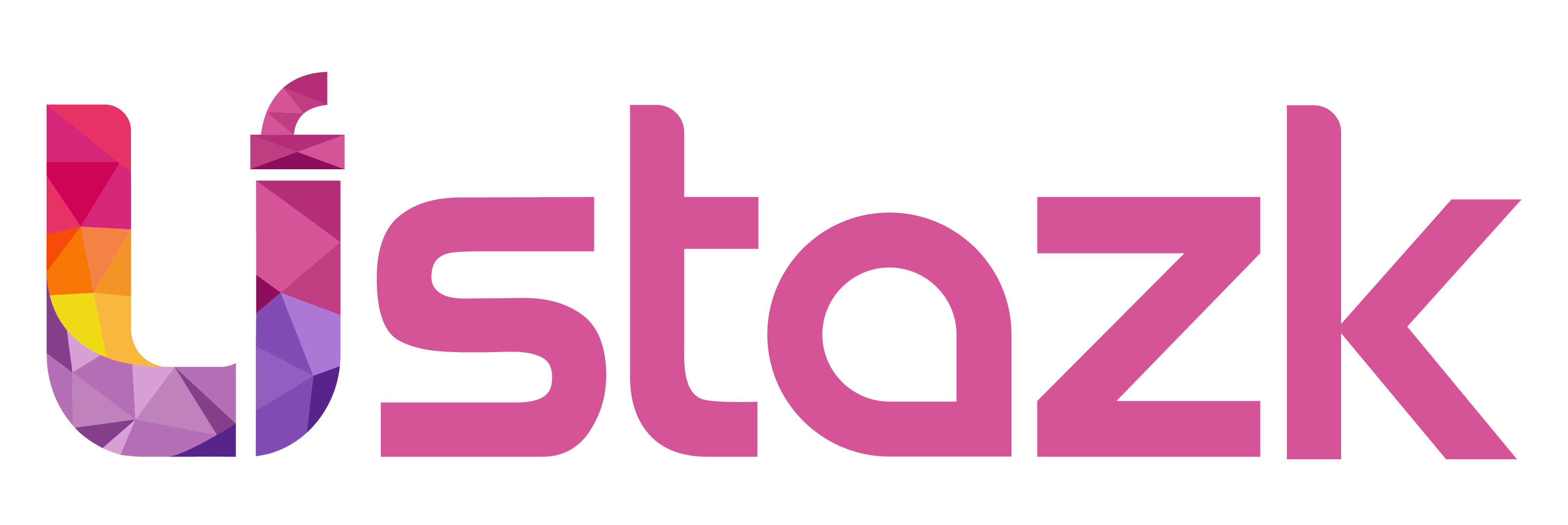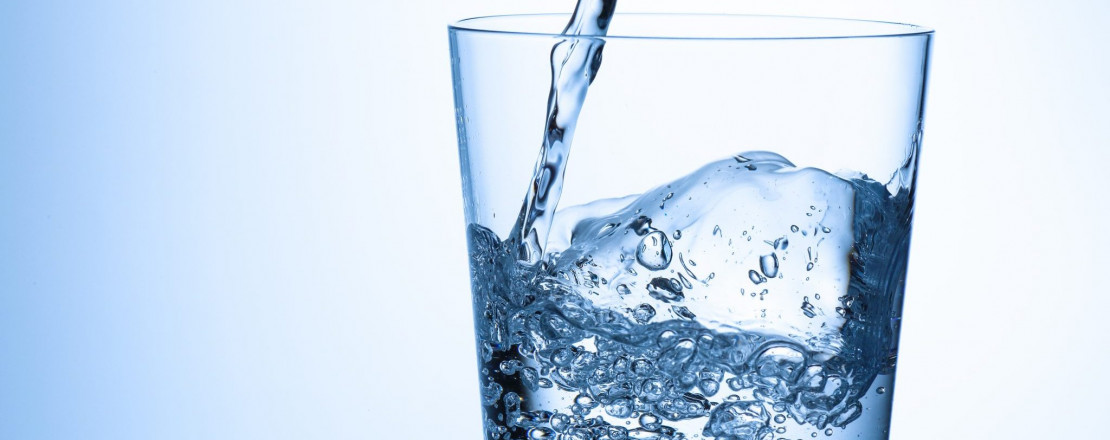Water For All
Try to imagine your life without water.
You probably wouldn’t get through the first 15 minutes of your day: You drink water from the faucet, brush your teeth, flush the toilet, take a shower. And that’s just the water you see. Water also irrigated the cotton in your pajamas and sheets, produced the energy that powers your bedside lamp, and helped mine the filament in your light bulb. It’s in the coffee and the coffee pot. It’s in the milk and in the alfalfa that fed the cow that produced the milk.
Do you know where your water comes from? Not the tap, but the source? Is it a nearby river? A lake? A groundwater aquifer? Now think about how much water you use. Can you quantify it?
The average American household of four consumes 400 gallons per day. Juxtapose this with the water use of many families in Africa and other parts of the developing world, who often consume as little as 5 gallons per day. Their morning looks very different, too: Mom wakes up and begins a sometimes miles-long trek to the nearest water source to fetch all the water for the day’s drinking, cooking, and cleaning. Her daughters join her (girls are twice as likely as boys to be responsible for collecting water).
Because the family’s water doesn’t come from a tap, they know its source. If it runs low, they know who is taking too much. If it becomes polluted, they know who is to blame. They know that if their freshwater resource is in trouble, so are they.
Globally, more than one in 10 people lack access to clean water, and one in three doesn’t have access to a toilet. Unsafe drinking water kills more people than wars do.
In 2015 the United Nations came together to create a set of global goals known as the Sustainable Development Goals. The 17 goals are a new development agenda for a sustainable world—a 15-year “business plan for the planet” that is expected to drive trillions of dollars in public and private aid and investment, and to prompt significant legal and administrative reform. One of those goals calls for the world to work toward ensuring availability and sustainable management of water resources, as well as safe water and sanitation for all.
The goal’s inclusion of “sustainable management” underscores the critical role freshwater resources—and how they are governed—play in people’s lives. Healthy watersheds and wetlands provide the foundation for a clean water supply, flood control, food, and numerous other services on which billions depend for their health and well-being. Failing to secure these natural resources can undermine the value of well-intended development: Taps run dry; toilets pollute drinking water; water storage infrastructure, such as dams and dikes, inadvertently increases communities’ vulnerabilities to extreme weather events; and farms pollute or overconsume water.
Unfortunately, freshwater ecosystems are in a precarious state. We are losing our largest free-flowing rivers. Half the world’s wetlands have been drained, filled, planted, or paved. These resources are more precious and vulnerable than people realize. In fact:
Of all the water on Earth, less than 1% is fresh and available to supply human demands for food, energy, and everyday life. Feeding an additional 2 billion people by 2050 will require a 15% increase in water withdrawals, and the water required to produce energy is expected to increase by more than 85%. Increased demand combined with climate change will leave two-thirds of the planet living in water-stressed regions by 2050.









 Saudi Arabia
Saudi Arabia  United Arab Emirates
United Arab Emirates  Kuwait
Kuwait  Jordan
Jordan  Palestine
Palestine  Egypt
Egypt  Lebanon
Lebanon  India
India  Oman
Oman  Bahrain
Bahrain  Morocco
Morocco  Serbia
Serbia  Germany
Germany  Pakistan
Pakistan  United Kingdom
United Kingdom  United States
United States  Singapore
Singapore  France
France  Slovakia
Slovakia  Czech Republic
Czech Republic  Spain
Spain  Indonesia
Indonesia  Syria
Syria